The modelling industry is one of the very few industries in the world where women are better paid than men. Women also tend to reach higher levels of fame and success than their male counterparts.
But does that mean there’s no such thing as a male supermodel? And if so, how can men change this?
What is a Supermodel?
To understand why there are so few male supermodels, we must first understand what a supermodel actually is.
A supermodel is a model who has reached dizzying heights of fame, money and success. They’re a household name much like athletes and film stars. All those deemed to be supermodels work in high-fashion; that means they meet the strict requirements demanded from the notoriously exclusive industry.
For men, that means being at least 5’11” (and under 6’3″). They also need a waist measuring between 29 and 32 inches, and a chest around 39-40 inches.
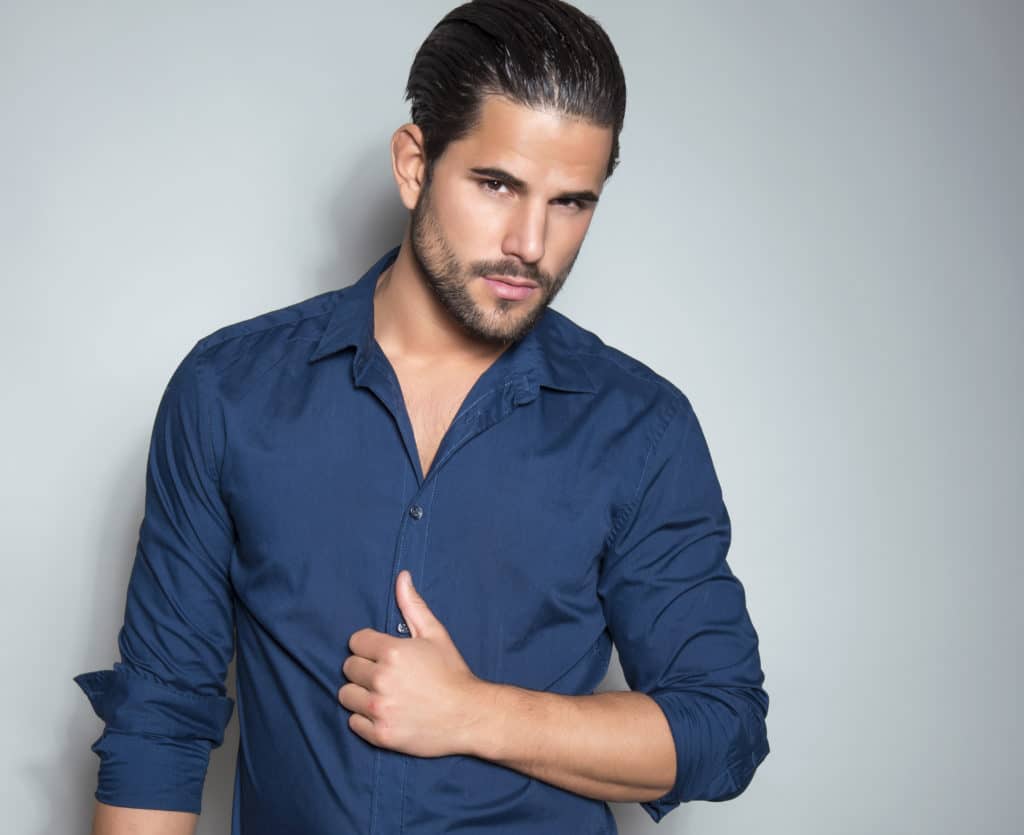
Why Don’t More Male Models Become Supermodels?
Male advertising and the male modelling industry is different to the female modelling industry. That’s because men seem to purchase and buy into models who they recognise as being successful OUTSIDE of modelling. Instead of using models, brands that cater towards men prefer to hire athletes or film stars when targeting men.
While it’s true that brands who target women do also like to hire famous people in place of models, female models tend to be famous in their own right, whereas male models are less recognisable and therefore have less selling power.
In the 70’s and 80’s, there were more famous male models who could be called supermodels (Michael Ives, Jeff Aquilon and Michael Schoeffling are a few). But today, aside from some standout male models like David Gandy and Tyson Beckford, male models do not generally become household names.
In the past, models were muses in their own right. Models were famous just for being models – and while that’s still true for women, male models have seen a shift in how they are percieved. Celebrities took over and didn’t leave much room for male models.
Social media also had a hand in changing the modelling landscape for male models. Before, fashion photographers could decide who was in (and who wasn’t). Now, social media has changed fashion imagery. Female models were able to take advantage of this, but there is yet to be a male equivelent to Gigi Hadid or Kendall Jenner.
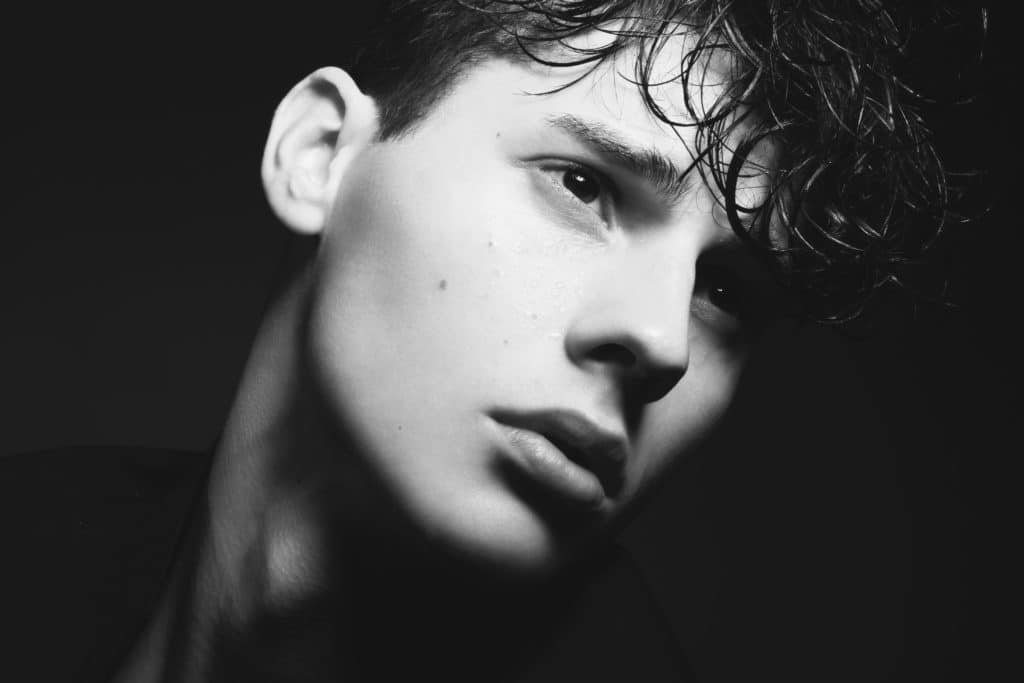
Celebrities as Models
Big stars like David Beckham are regularly seen in large brand campaigns. His face is chosen over male models because he is recognisable and men aspire to be like him. Look around and you’ll notice that male athletes, film stars and pop sensations are far more likely to grace the cover of Vogue than a regular male model.
For women, too, celebrities are commonly selected over models. But the difference is that female models have managed to make a brand and a name for themselves. Female supermodels are seen as celebrities in their own right, while male models are generally not.
This could because male models have not utilised social media as well. The more likely reason is that society has a culture of fast sales. We always want the next best thing. Male models missed the boat and are now scrambling to make themselves noticed. Because of the top female supermodels in the 1990s who became household names (Kate Moss, Naomi Campbell etc.) female models have been able to keep their heads above water and ensure their names are just as well-known as other celebrities.
List of Male Supermodels
Male models may not reach the type of success that female supermodels do, but that doesn’t mean a male model can’t be successful. These male models (some of which you may recognise) have had, and continue to have, amazing careers:
– Sean O’Pry. Sean has opened many shows and has appeared in numerous campaigns for fashion houses like Versace, Louis Vuitton, Ralph Lauren, Yves Saint Laurent and Calvin Klein. He has also been in some very famous music videos for Madonna (“Girl Gone Wild”) and Taylor Swift (“Blank Space“). In 2009, Forbesranked him as the world’s most successful male model.
– Tyson Beckford. Tyson is well-known for facing the Ralph Lauren Polo Sport fragrance.
– Jon Kortajarena. Jon’s mentor is Tom Ford!
– David Gandy. David was a lead male model for Dolce & Gabbana for many years.
– Lucky Blue Smith. Lucky has appeared in ad campaigns for Chanel, Calvin Klein, Tom Ford, Tommy Hilfiger, L’Oreal and many more popular brands.
– Marcus Schenkenberg. Marcus is thought to be one of the most famous male models of all time. He’s worked with brands including Valentino, Giorgio Armani, Chanel and Hugo Boss.
Are you interested in being a male model? Register with us today!
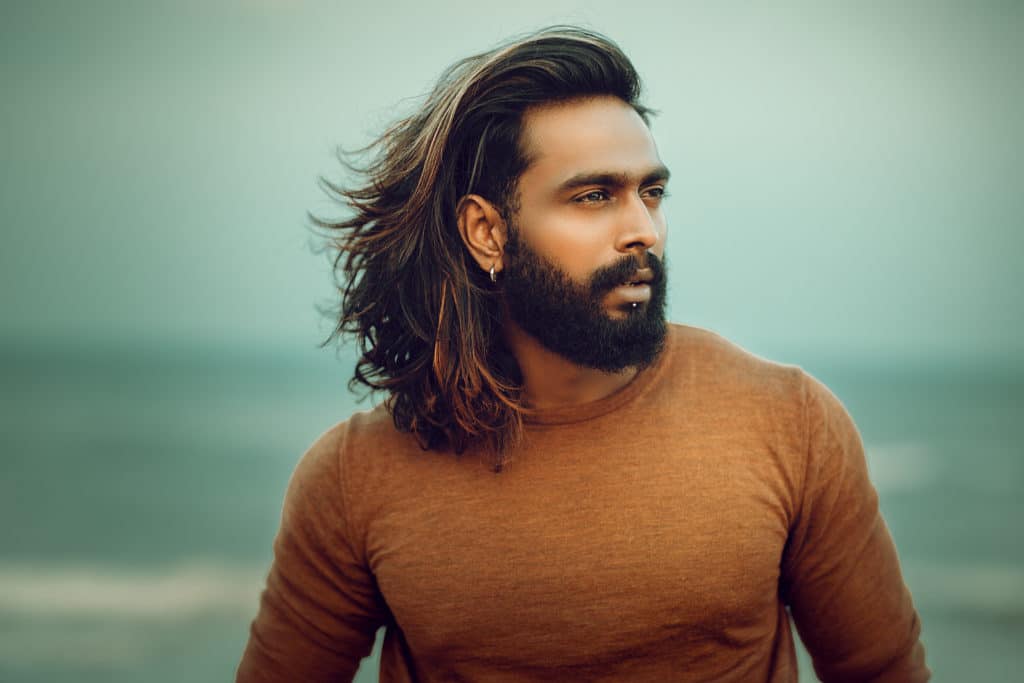
How to Become a Successful Male Model
To be a male model, you must first meet the requirements. Each niche of modelling has different requirements, with high-fashion notoriously being the most strict. Male runway models must be at least 6′ tall. Commercial models are usually between 5’11 and 6’2 and must fit into a 40R jacket.
Don’t panic if you don’t meet these requirements – there are still plenty of other options available to you. Other types of modelling work are:
- High-fashion models. These are the models who represent designer brands and are seen working on the runway and at fashion shows.
- Commercial/advertising models. These models are used to sell a product or service.
- Catalogue models. These are models who advertise clothing for store catalogues and websites.
- Classic models. The more mature male model. Classic models are used so an older target audience can relate to them.
- Fitness models. These models have a particular definition to their physiques. They are commonly used to advertise gymwear.
- Body-part models. This is a great niche of modelling for those with above-average body parts like hands, feet, lips, legs or even ears.
- Petite models. Shorter models are needed for brands that cater to petite men.
- Plus-size models. Plus-size is a niche that is growing in popularity and demand.
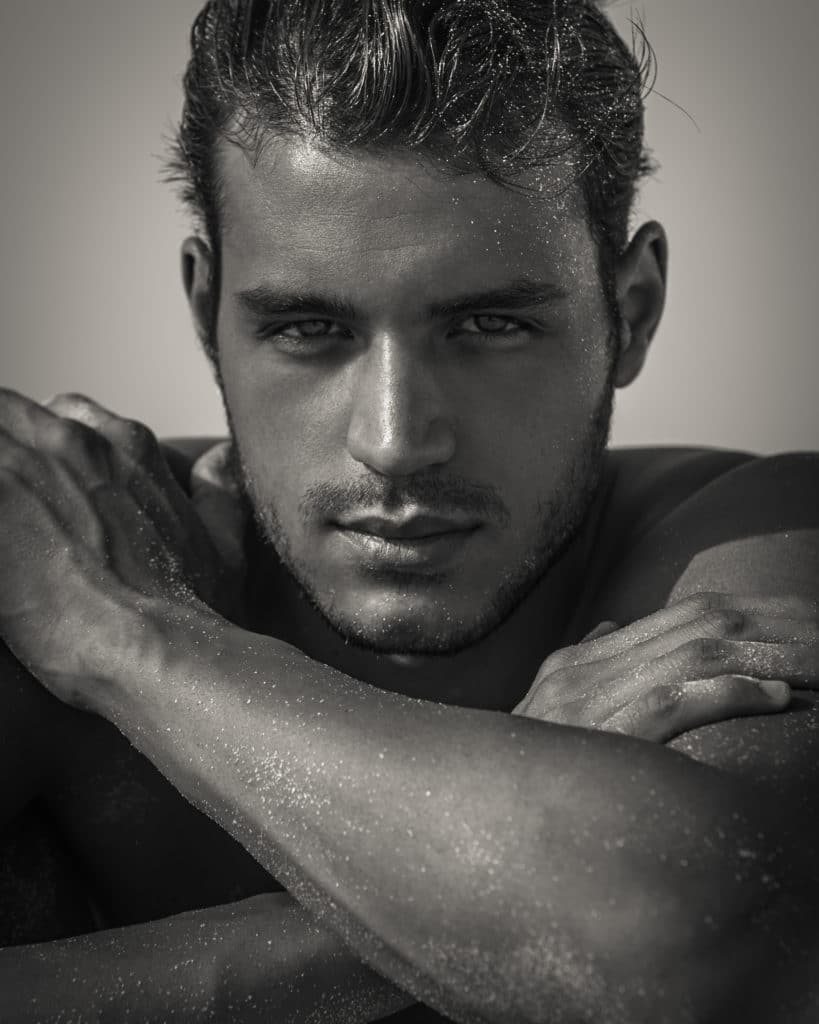
Finding an Agency
Once you know which category of modelling you fit into, you need to find a modelling agency to represent you. A modelling agency will help you find work by inviting you to auditions (also known as casting calls) for different brands.
Find an agency that works with the specific niche of modelling you are interested in. You can apply to as many agencies as you want and there is no limit to the amount of times you can apply. Try not to apply to the same agency more than one every 6 months or so.
Most agencies are based in major cities such as London, Paris, New York and Milan. If you don’t live in or near a major city, be prepared to do a lot of travelling.
You can usually find the application process on the agency website. Don’t be discouraged if you don’t hear back; agencies receive thousands of applications each week and competition is fierce.
If you do hear back, you will be invited to an in-pe
son meeting so the agency can view your look and judge whether you’d be a right fit for them.
Your Portfolio
Your modelling portfolio is your main tool for success. The better your portfolio, the better chance you will have of getting signed and finding work.
Your portfolio should contain up to 20 high-quality photos. This will be easy once you have done some modelling work, but if you’re a beginner you won’t yet have any photos. In this case, you should think about hiring a professional photographer for the day. Not only will this give you valuable experience in front of the camera, but it will also give you the opportunity to walk away with some high-quality images that will look great in your modelling portfolio.

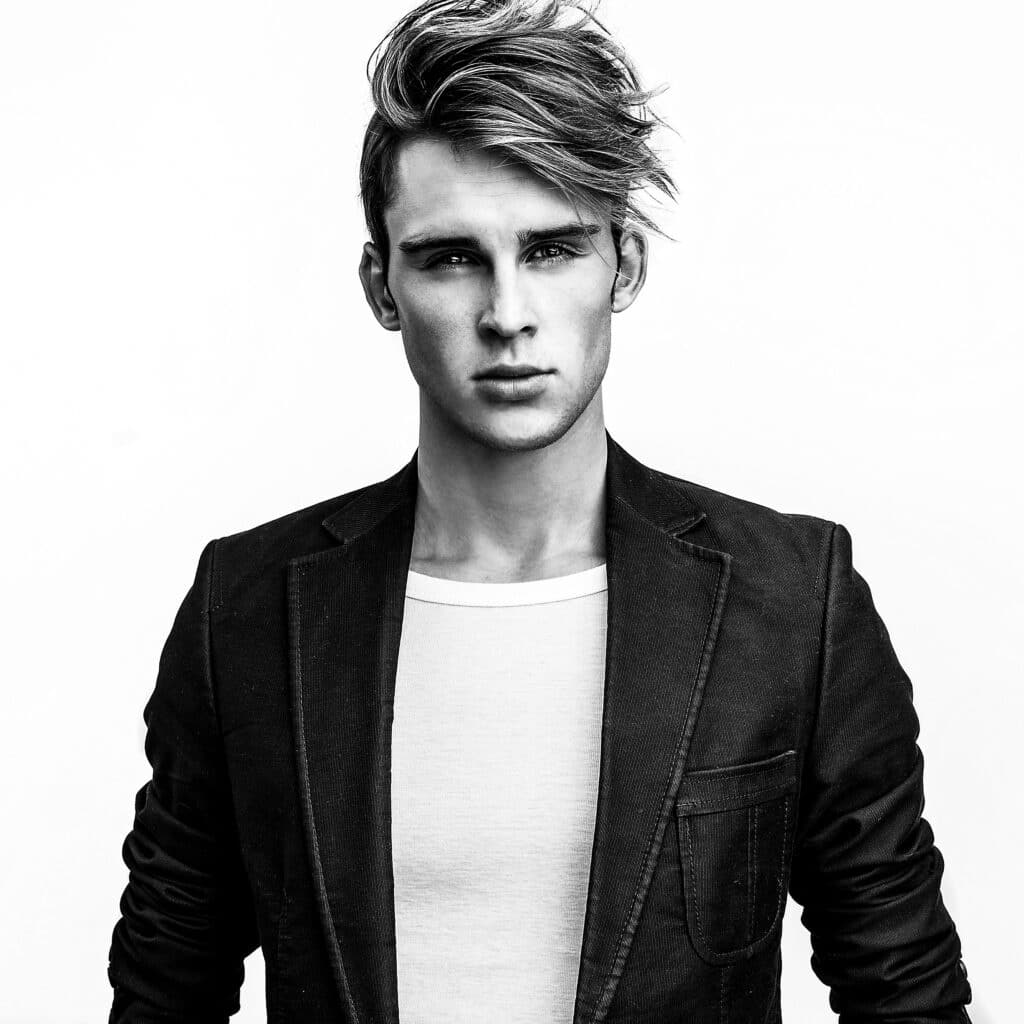
Keep on writing, great job!